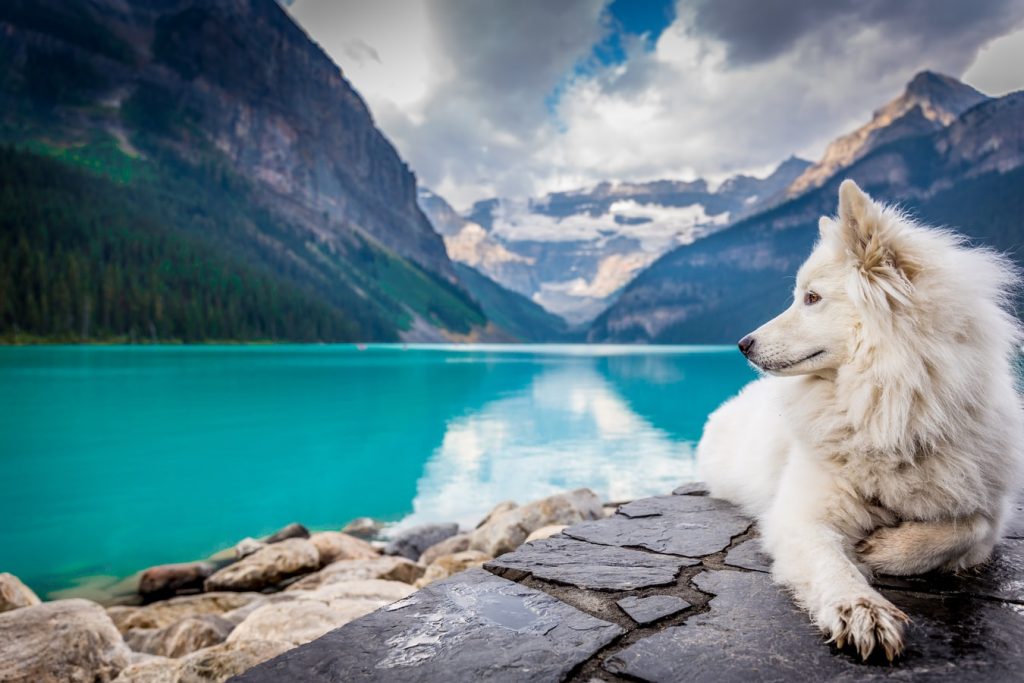Climate change is affecting us all. The environmental crisis has modified the hurricane seasons and the cannula, in addition to the intense and historic snowfall that happened in various countries of the world last winter. But apparently, it is also being a key factor in the evolution of some species.
According to research conducted by a team of scientists from the University of Southampton, in the next 100 years, various animal species will gradually decrease in size, to adapt to new weather conditions and survive.
This study, published in the journal Nature Communications, points out that animals that in the future predominate will be smaller than those that exist today.
In addition, they will have a shorter life and will be more fertile. In addition to this, their diet will consist almost exclusively of insects, to make it easier for them to get food.
Animals that depend on a specific climate to live and that are more long-lived will probably be in danger of extinction. An example of this is black rhinos and reddish eagles.
On the other hand, the animals of smaller size and that usually live less time, are those that will be able to continue inhabiting the Earth. Such is the case of the dwarf gerbil and the knitting sparrows.
The researchers explain that the average body mass of mammals will be collectively reduced by 25% over the next century. This represents an accelerated change, compared with the 14% reduction in body size observed in species for just over 130 thousand years, in the last glacial period.
Robert Cooke, the chief investigator of this study, commented to the EurekAlert magazine of the American Association for the Advancement of os Science:
«The greatest threat to birds and mammals is humanity, with the destruction of habitats due to our impact on the planet, such as deforestation, hunting, intensive agriculture, urbanization and the effects of global warming»
The study focused on more than 15 thousand mammals and land birds. Five very important characteristics were considered: body mass, fertility level, habitat width, diet and lifetime.

